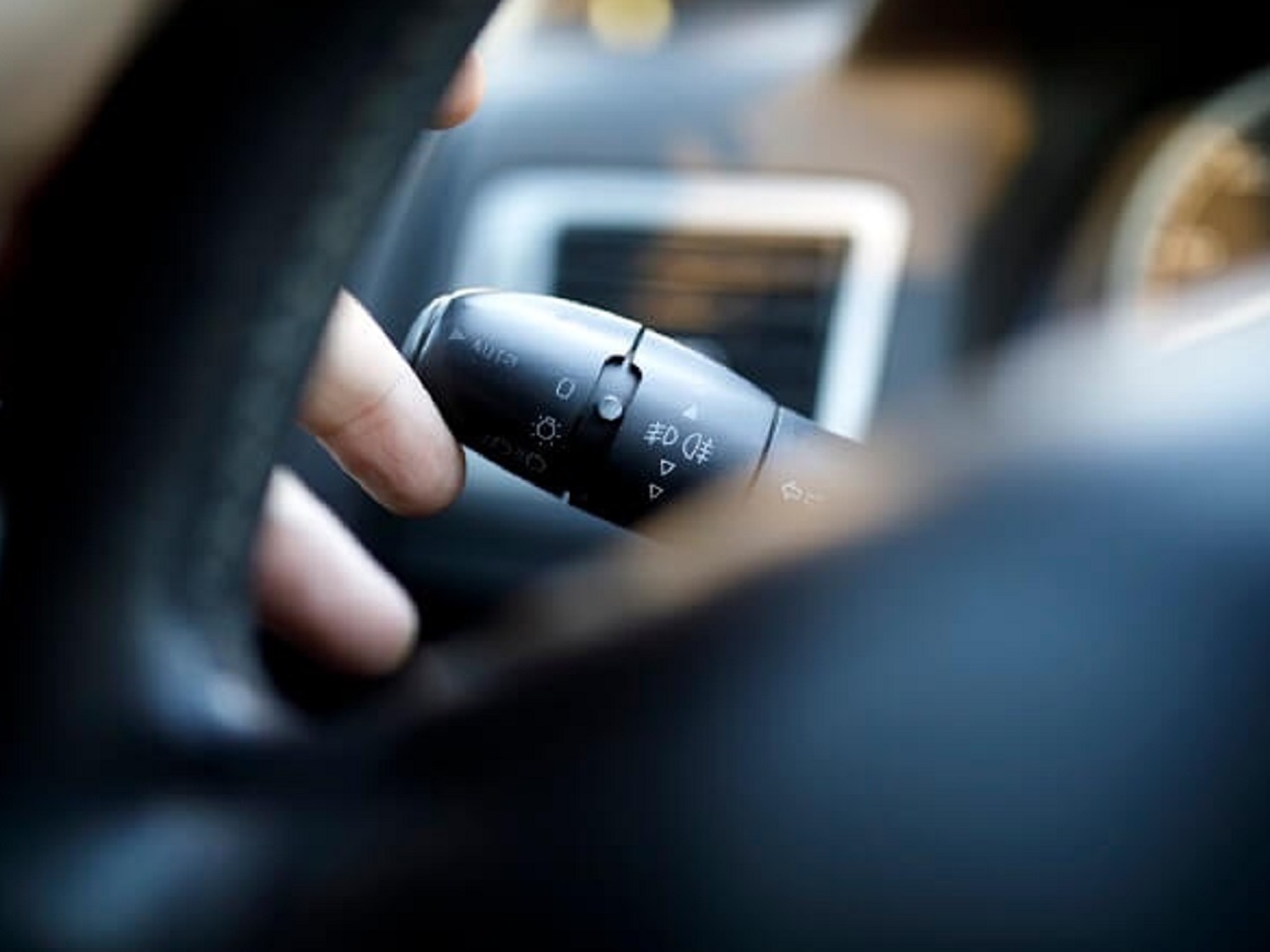Your Turn Signals Aren’t for You
Why teens (and all drivers) should always use turn signals.
Why teens (and all drivers) should always use turn signals.

Drivers have a lot of misconceptions.
We think if we honk enough, traffic will magically clear. We think it’s okay to exceed the speed limit so long as other people are doing it. But one of the most frustrating driving misconceptions is that turn signals aren’t important.
Though communication is crucial to roadway safety, it’s not particularly easy to talk to the drivers around us. Turn signals are a big help here, especially to teens with little experience anticipating traffic. Unfortunately, when drivers fail to use turn signals, everyone on the road misses out on important information. How often have you wondered:
Turn signals can give you a hint in these situations, but without them you can be left clueless. That’s why everyone – teens and experienced drivers alike – needs to understand that your turn signals are not for your benefit, they are there to assist other drivers and road users.
This is true in every situation, whether you’re on a busy road or all alone at an intersection. It’s easy to make excuses to not use turn signals – maybe you’re already in a turn lane or the lane you’re merging into is empty – but this type of thinking is much more dangerous than just signaling every time. It requires you to make assumptions that everyone else knows what you’re doing when the reality is that other drivers, bicyclists and pedestrians will make decisions based on what you are telling them. If your turn signal is on, they know what you’re planning. If it’s not, they have no reason to think you’ll do anything but stay in your lane. That can create dangerous scenarios on the road, all of which could be solved with a simple blinking light.
You can practice this with your teen by simply requiring him or her to use a turn signal at every instance of turning, merging or changing lanes. It doesn’t have to be a difficult lesson, but it does need to be consistent. Using a turn signal should become a habit for your teen, one so ingrained that he or she barely has to think about doing it.
Besides signaling your upcoming plans, turn signals have many other benefits. They can help calm road rage by clearing up confusing situations, and they can alert drivers in your blind spots to take action and avoid a potential crash. The best part is that they couldn’t be easier to use. So teach your teen to always use turn signals, no matter the situation, and do the same yourself. The more you practice what you preach, the safer all road users will be.
With a century-long legacy, the National Safety Council is a global center for safety expertise. Let's work together to align resources. We look forward to learning about ways we can join efforts to expand safety everywhere!
There are no items in your cart